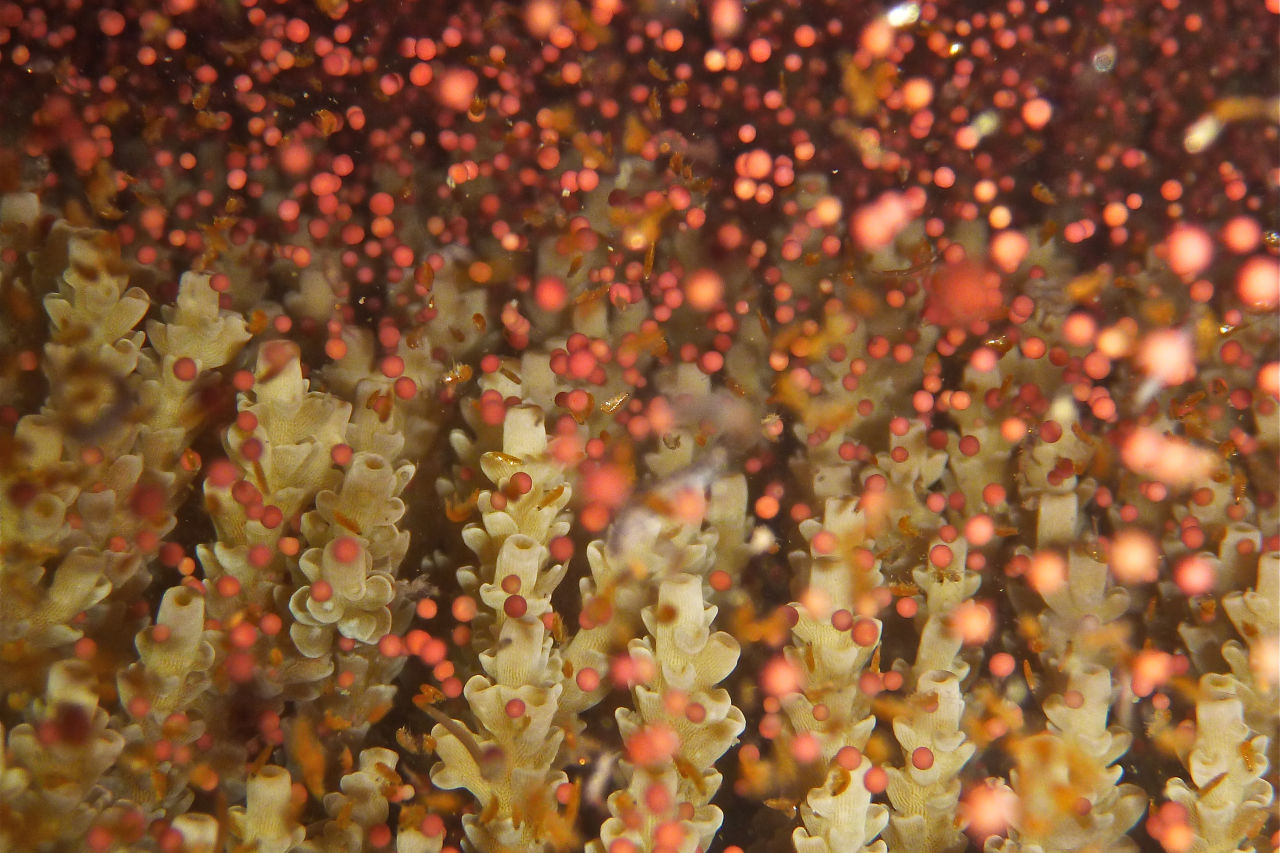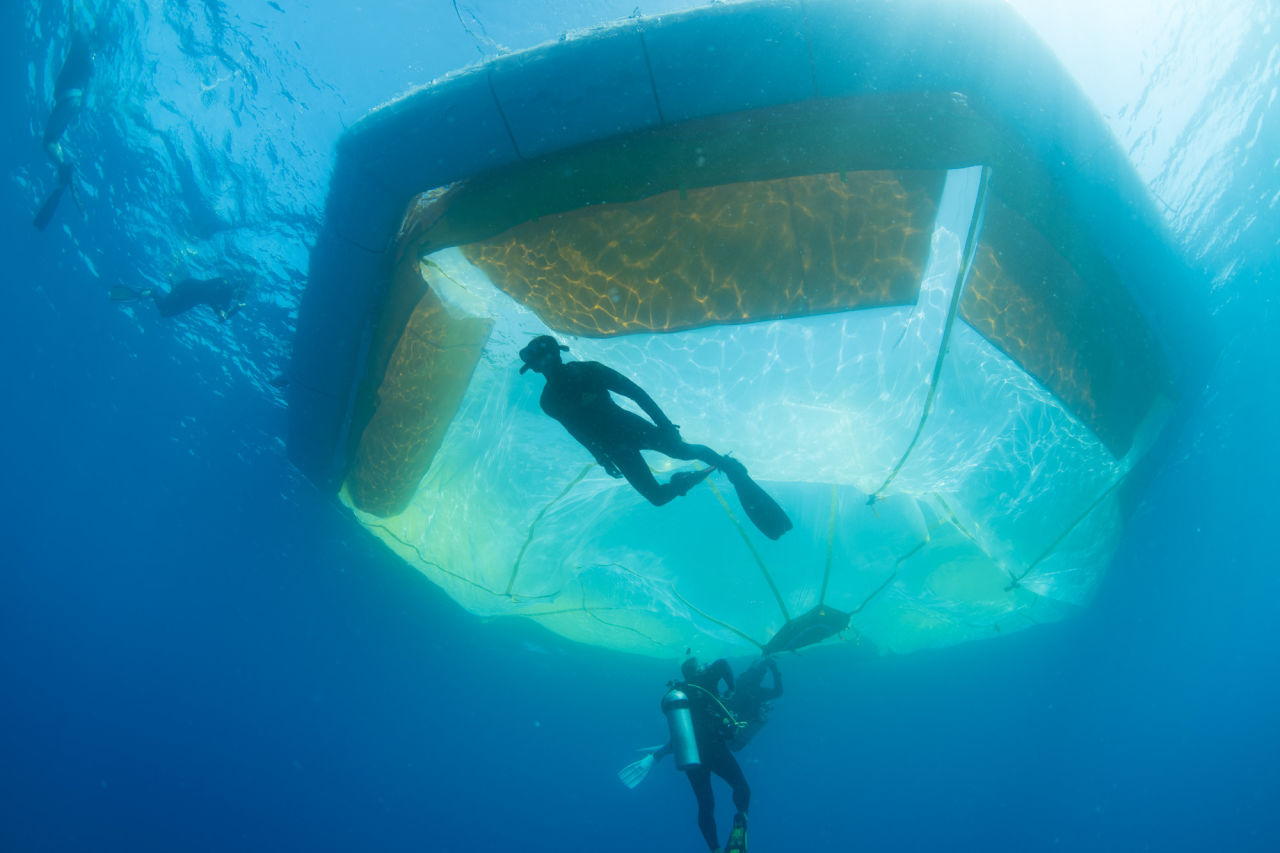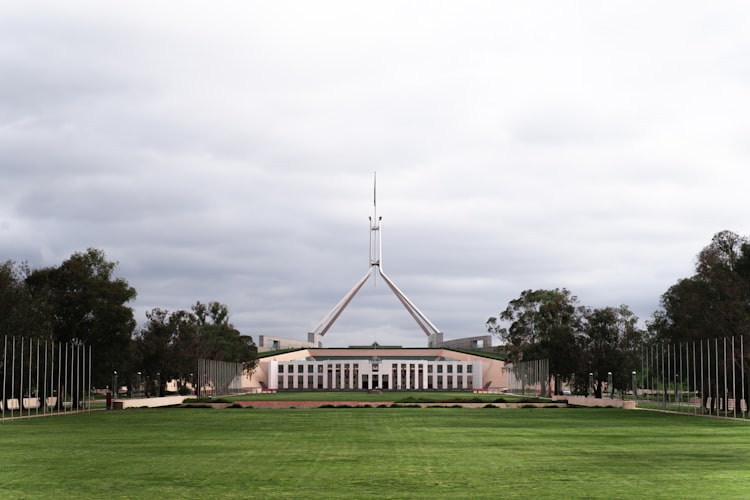Coral spawning is an annual event where corals simultaneously reproduce.
During this synchronised breeding, coral polyps release millions of tiny egg and sperm bundles into the water.
Each bundle must find another bundle from the same species to fertilise. By spawning on mass, corals increase the likelihood of finding and fertilising a matching bundle.
#When does coral spawn?
This depends on a number of factors including their location, the water temperature and tides.
On the Great Barrier Reef, inshore reefs typically spawn in October, while outer reefs spawn during November or December.
Spawning follows a full moon and water temperatures must have risen enough to stimulate the maturation of the egg and sperm bundles. The timing of spawning is also impacted by the length of the day, the tide and salinity levels in the water.
Spawning only happens at night and lasts from a few days up to a week. Different species of coral spawn on different days to prevent cross-breeding.

#How do coral babies grow?
Once the bundles have been released, they rise to the surface where fertilisation begins. Fertilised eggs develop into coral larvae which, when mature enough, settle on the ocean floor and repopulate the Reef.
Not all coral larvae survive to maturity. Much of the spawn and young larvae is eaten by other marine creatures such as fish and plankton, while others are washed out to sea.
Even those that make it to the ocean floor must find a spot that is clear of algae and sediment, but with enough sunlight to grow, otherwise they perish.
Find out how we’re growing coral babies to restore and repopulate the Reef.






